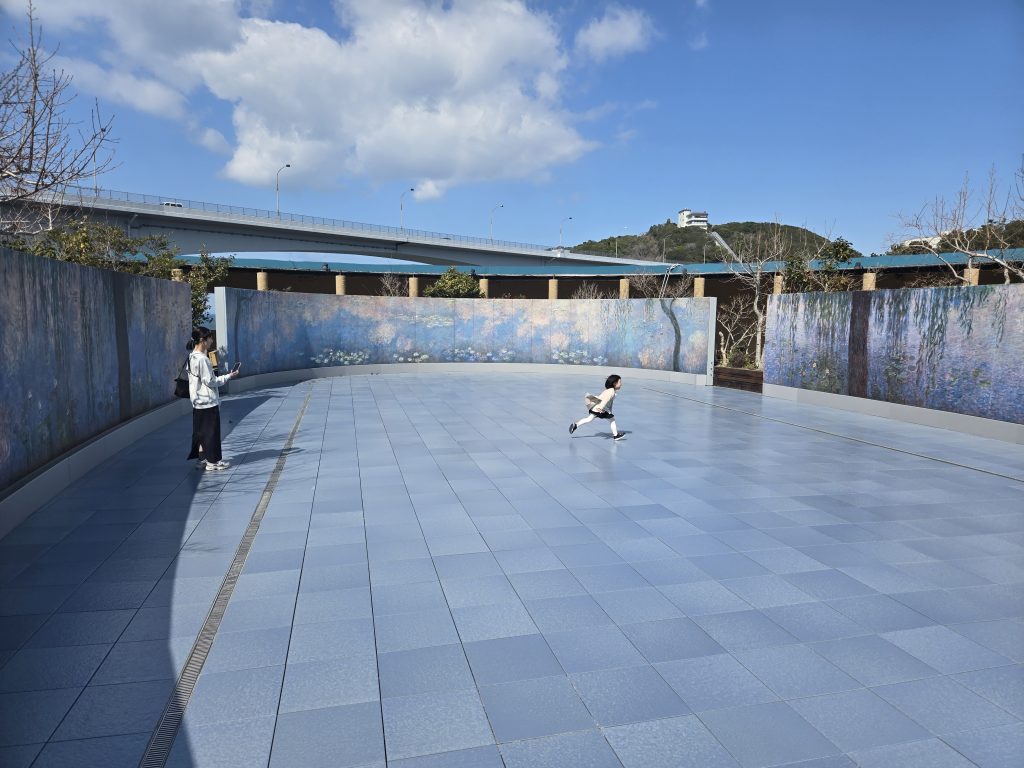
Replica of the Sistine Hall at the Otsuka Museum of Art (©Japan Forward by Jay Alabaster)
A thousand years from now, the world's most famous artworks will mostly be dust. The best efforts of museums around the world can only prolong the inevitable, and even digital copies deteriorate in decades.
On the northeastern tip of Shikoku is a Japanese corporation's audacious attempt to preserve over a thousand paintings for posterity. The Otsuka Museum of Art is a cavernous five-story space carved out of the inside of a mountain, filled with photorealistic copies of art designed to last millennia.

Strolling Through a Life-Size Art History Book
The museum contains reproductions of pieces plucked from around the globe and across history. Strolling its halls is like flipping through a life-size art history book — Leonardo da Vinci's "Mona Lisa" and "Last Supper" are short elevator rides away from the "Sunflowers" of Vincent Van Gogh and Andy Warhol's "Marilyn Diptych."
Visitors enter through a nondescript glass doorway and take an escalator 41 meters up into the bowels of a mountain near Naruto City in Tokushima Prefecture. They are deposited just outside the doors of a life-size recreation of the Sistine Hall, complete with wooden pews to peer up at (copies of) Michelangelo's renditions of biblical drama on the ceiling.
Four Kilometers of Exhibitions

Filled also with less-renowned pieces, including murals from the ruins of Pompeii and frescos from the middle ages, the exhibition area is one of Japan's largest. Seeing everything requires a four-kilometer walk, including a stroll through the rooftop garden containing a selection of Monet's "Water Lilies."
Dotted throughout the museum are art-themed restaurants and cafes. These include "Cafe Vincent," which has a physical recreation of Van Gogh's "Bedroom in Arles" paintings, and "Cafe de Giverny," which serves pancakes adorned with a tiny screaming figure à la Edvard Munch.

Ceramic Prints That Will Last Millennia
The paintings are reproduced on large ceramic plates using technology developed by an Otsuka subsidiary, which it says will last over 1,000 years. They use sand harvested from the nearby Naruto straights and were produced in local kilns.
The museum was opened in 1998 to mark the 75th anniversary of the founding of Otsuka Pharmaceutical. It cost around 40 billion yen ($265 million USD by current rates) and required ten years to design and build.
As it is located in a national park, the museum's buildings cannot exceed 13 meters in height, and so the bulk of the museum was built underground.

RELATED:
- Banksy Street Art Exhibition Also Showcases New Japanese Talent
- Smithsonian Asian Art Museum Exhibition With a New Take on Japanese Art
- [Corona ni Makeruna] Tokushima's Colorful Summer Dance Festival is Back!
Author: Jay Alabaster







